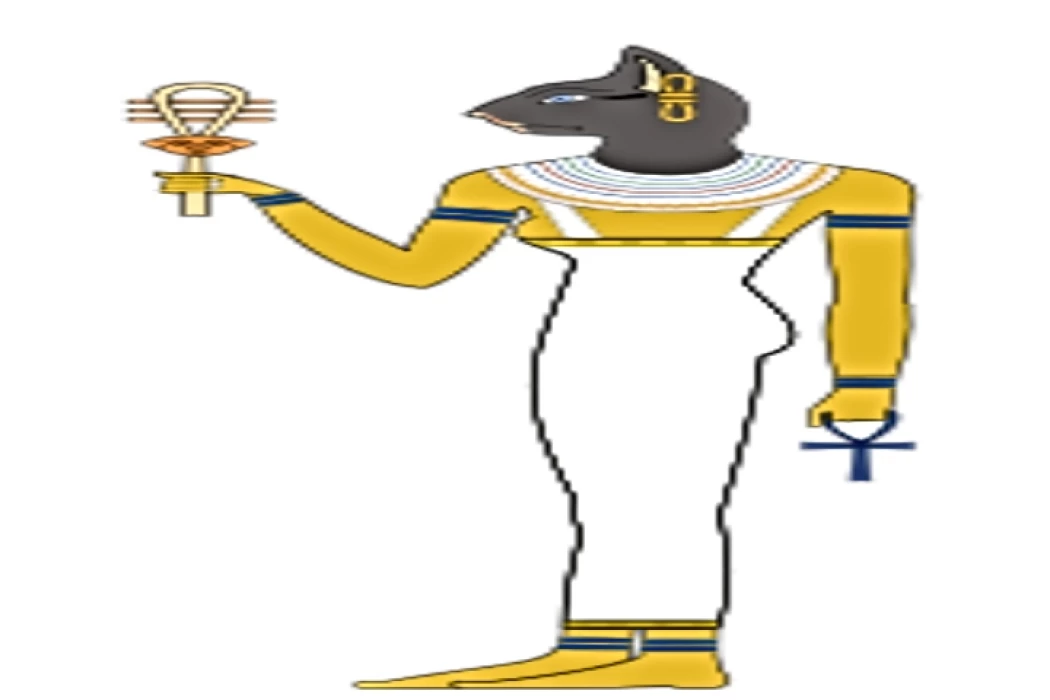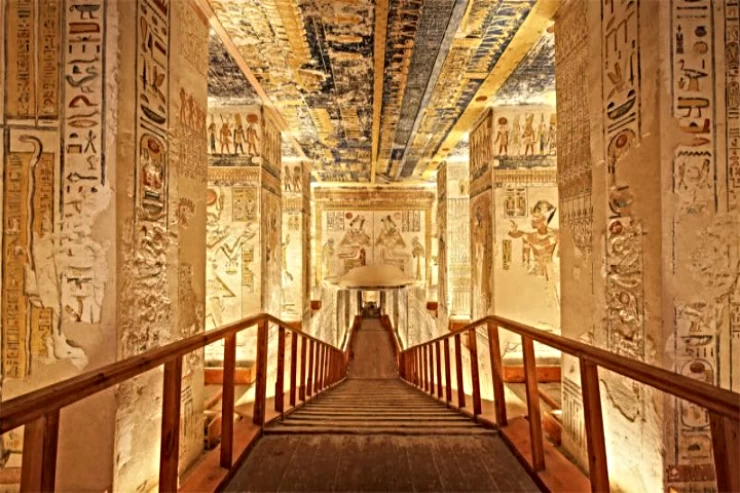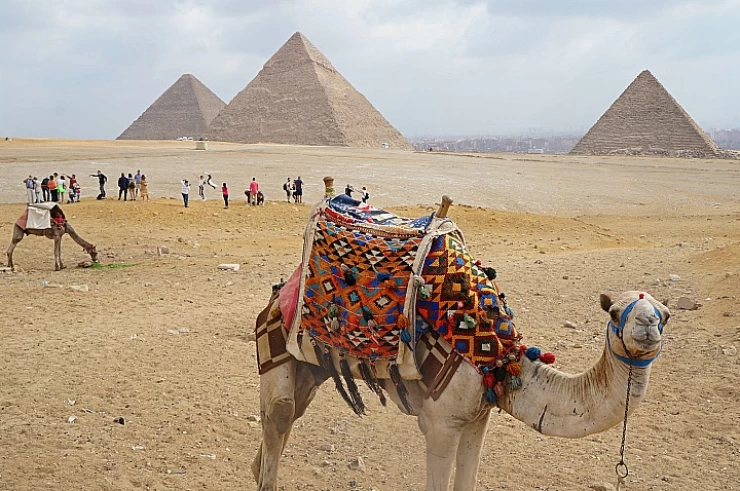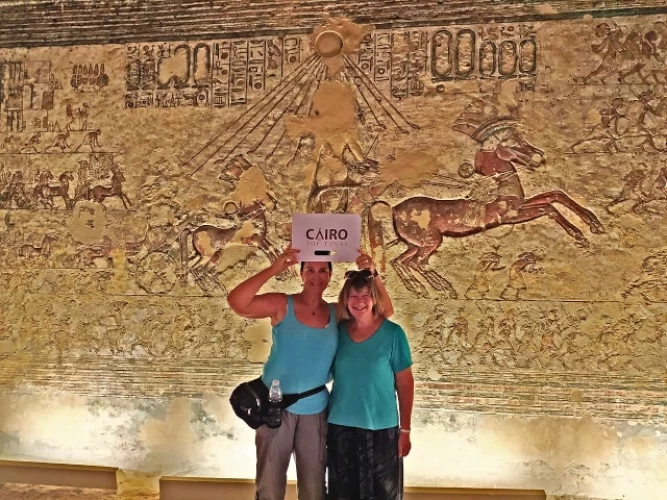
Бастет (Бог Древнего Египта)
Существует большая разница между богом Сехмет и богом Бастет, они имеют одинаковый облик, но с разной миссией, так прекрасная Бастет богиня жалости и милосердия, а Сехмет богиня войны и силы.
Бастет, согласно древнеегипетской религии, является женой Атума, ей также поклонялись в Верхнем Египте, где она была уподоблена или представлена богиней "Смерти", женой Амуна в Фивах. Ей также поклонялись в Мемфисе, и она носила титул (Богоматерь Анкх-Тави) со времен Старого царства. Ее поклонение распространялось на Дендару, которая была известна как (Бубаста Верхнего Египта). Ее поклонение также распространялось на Фивы, Гелиополис, Бани-Хасан и Нубию.
Подобным образом о Хатор было сказано следующее: "Она была больна гневом и воздерживалась, когда была счастлива". Со времен Среднего царства Бастет считалась успокаивающим лицом богини Сехмет, или успокаивающим оком Ра, в противоположность мощному Оку Ра (Сехмет) в мифе о гибели людей.
Отношения между Бастет и Хатхор
Боги также имели отношения с богиней Хатхор, каждой из богов веселья, и Бастет иногда представляла делегацию своей руки грохочущей в виде головы Хатхор, и поклонение богам Бастет слилось с поклонением божествам Хатхор в эпоху Старого царства, так как боги изображали Хатхор на стенах храма царя Биби I (семья) Шестого), затем Хатор появилась стоящей рядом с царем Биби Первым, и похоже, что этот царь был заинтересован в поклонении богам Хатор в районе Баста, рядом с ее главным идолом, богами Бастет, и боги были изображены на камне, найденном в хижине вышеупомянутого храма, и это можно считать метафорой. Надпись местным божествам Бастет. Богиня Хатор славилась тем, что когда она гневалась, то была Сехм, а обычно она была спокойной и веселой, и существовало сходство между праздником богов Бастет и праздником богини Хатор, который назывался: Праздник Воскресения. Так же, как боги Бастет слились с богами Хатор, начиная с эпохи Старого царства, как мы уже указывали, боги приняли статус богов Хатор с эпохи Среднего царства, чтобы слиться с богами Бастет, поэтому поклонение богам Бастет было связано с поклонением богу Смерти в Фивах, поэтому боги назывались Бастет: боги - смерть Бастет, и изображали, помещая на ее голову перья бога Шу и два рога, между ними - солнечный диск.
Что касается мужа богов, смерти Бастет, то им является богиня Ра-Атум, сестра Хура, которую представляли в виде сокола, голову которого венчает богиня Шу, а связь богов Бастет с богами смерти считали бога Хонсу, бога луны, сына богов, смерти, отца богини Бастет, а появление богов связывали с Бастет. Древние египтяне верили, что Бастет помогает женщинам зачать детей, а бог Хонсу помогает плоду расти в материнской утробе.
There is a much difference between the Sekhmt god and the Bastet god they have the same represented form but with a different mission so the lovely Bastet goddess of pity and mercy but Sekhmet is the goddess of war and power.
Bastet according to the ancient Egyptian religion is Atum`s wife and She also worshiped "Bastet" in Upper Egypt, where she was likened to or represented by the goddess "Death", the wife of "Amun" in "Thebes".
The relationship between Bastet and Hathor
The gods also had a relationship with the gods Hathor, each of the gods of fun, and Bastet sometimes represented the delegation of her hand rattling in the form of the head of Hathor, and the worship of the gods Bastet merged with the worship of the deities of Hathor in the era of the Old Kingdom, as the gods depicted Hathor on the walls of the temple of King Bibi I (the family) Sixth),
then Hathor appeared standing next to King Bibi the First, and it seems that this king was interested in worshiping the gods Hathor in the area of Basta, next to her main idol, the gods Bastet, and the gods were depicted on a stone found in the cabin of the aforementioned temple, and it can be considered a metaphor for this. The inscription to the local deities Bastet.
The god Hathor was famous for being Sekhm when she was angry, and she used to be calm and cheerful, and there was a similarity between the feast of the gods Bastet and the feast of the goddess Hathor, which was called:
The Feast of Resurrection. Just as the gods Bastet merged with the gods, Hathor, since the era of the Old Kingdom, as we have already indicated, the gods took the status of the gods to Hathor from the Middle Kingdom era, to merge with the gods Bastet, so the worship of the gods Bastet was linked to the worship of the god's Death in Thebes, so the gods were called Bastet:
the gods are death Bastet, and represented while placing on her head the feathers of the god Shu and two horns between them, the sun disk.
The meaning of Bastet
Her name is derived from the name of the city of Bast (Bubast (Bubastis in Greek)), the center of her cult in the 18th region of Lower Egypt, and it is likely that her sacred animal was not originally the cat but the lioness. She was also called "Lady of Basta" in connection with her place of worship, a title that remained in the texts until the end of ancient Egyptian history.
The goddess Bastet was depicted as a cat-headed woman holding in one hand the shakshikha of Hathor and in the other holding a basket. She is also sometimes depicted as a cat. The goddess Bastet is usually depicted as a seated female lioness, or as a female human figure with a lioness or cat head, and on some Second Dynasty steins she appears as a woman with a lioness head. Bastet has been associated with the cat since the Middle Kingdom.
The gods are death Bastet, and represented while placing on her head the feathers of the god Shu and two horns between them, the sun disk.

















